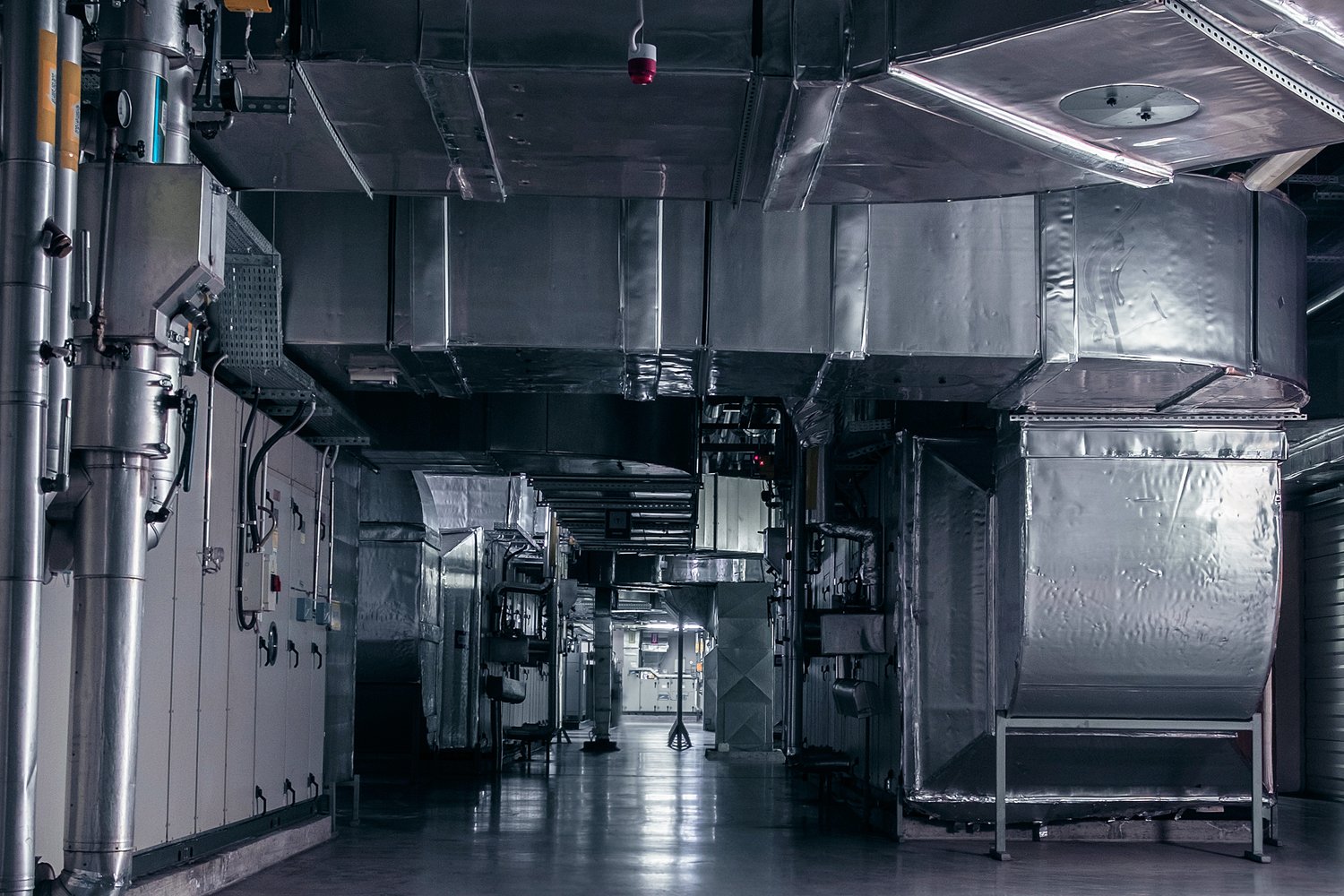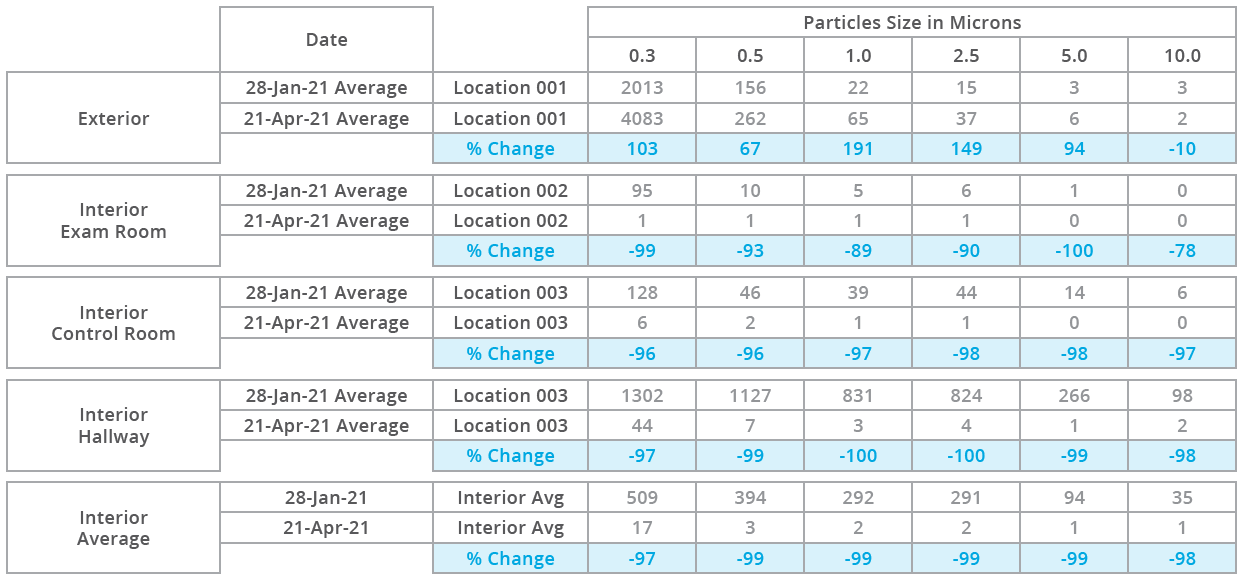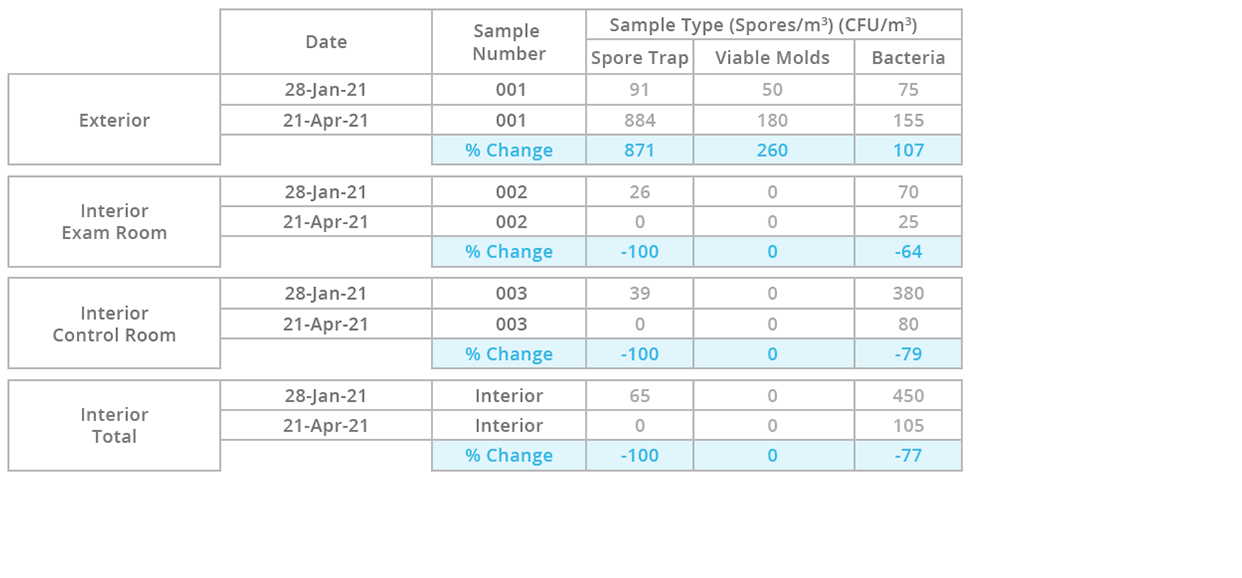Harvard Environmental based in Bear, Delaware was engaged by a children’s hospital located in the northeast to test specific areas within the hospital for the presence of airborne microbial spores, bacteria, and particulate matter. The testing was performed before and after the installation of GPS Air’s NPBI™ soft ionization technology in t he 2nd floor catheter laboratory.

As a trial in early 2018, this client installed GPS Air’s soft ionization bars as a replacement to their UVC lights in a large air handling unit feeding one of the ORs. The engineering team found the coils with GPS Air’s soft ionization bars were cleaner than the coils with UVC at the completion of the trial. The facility engineers were concerned with the safety of the UVC system, the cost to replace the lamps every year and the fact the ballasts were often failing.
The hospital administration team was looking for solutions that would work as well or better than the UVC system, but without the safety concerns and ongoing maintenance expense of the UVC system. The administration team included the facility engineering manager, maintenance engineers and infectious disease staff. After this trial was completed, the facility engineers removed all the UVC systems and replaced them with GPS Air’s soft ionization bars.
The testing included the collection of mold (viable and non-viable), bacterial, and particulate air samples at the following four hospital locations:
1. Exterior – Loading Dock
2. Catheter Lab – Exam Room
3. Catheter Lab – Control Room
4. Catheter Lab – Hallway
Pre-installation samples and readings were collected on January 28th, 2021.
Post-installation samples and readings were collected on April 21st, 2021.
Refer to Figures 1 and 2 for the actual results found in Harvard Environmental’s final report to the owner.
| HVAC Coil on Unit 3 | HVAC Coil on Unit 8 | |||
| Bacteria CFU/in2 | Mold-Fungi CFU/in2 | Bacteria CFU/in2 | Mold-Fungi CFU/in2 | |
| Swab 1 | 30,000,000 | 650,000 | 900,000 | 3,400,000 |
| Swab 2 | 20,000,000 | 500,000 | 20,000,000 | 2,800,000 |
| Swab 3 | 3,100,000 | 3,500,000 | 40,000,000 | 30,000,000 |
| Average | 17,700,000 | 1,550,000 | 20,300,000 | 12,066,667 |


The air quality in the facility prior to incorporating GPS Air’s soft ionization systems was acceptable per the standards they follow in healthcare. However, the hospital administration wanted to make the air as clean as possible and not just meet a minimum criteria. It should be noted that for the post-installation testing versus pre installation testing, the outdoor (exterior) level of mold spores was 870% higher, viable molds were 260% higher and the bacteria levels were 107% higher. Generally, when outdoor levels increase, there is a direct correlation to higher levels indoors, but that was not observed in this study.
GPS Air’s soft ionization systems not only agglomerated the particles thereby making the filters more efficient and lowering particle counts across all measured particle sizes, GPS Air’s soft ionization systems reduced all measured parameters.
This installation has been operating over 5 years and this client continues to recommend GPS Air’s technology to other medical facilities.
Questions?